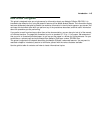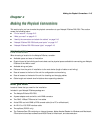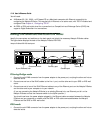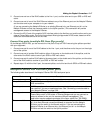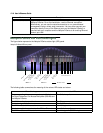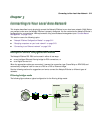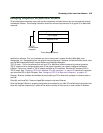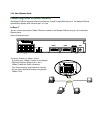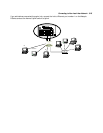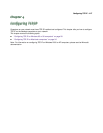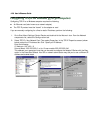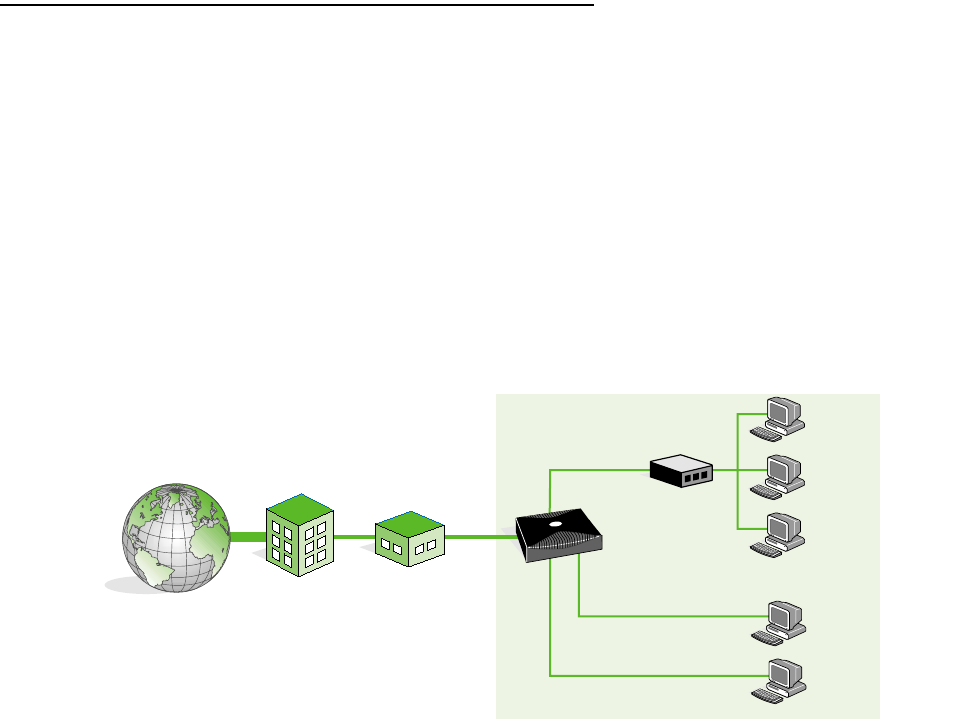
Connecting to Your Local Area Network 3-21
CC
CC
hh
hh
aa
aa
pp
pp
tt
tt
ee
ee
rr
rr
33
33
CC
CC
oo
oo
nn
nn
nn
nn
ee
ee
cc
cc
tt
tt
ii
ii
nn
nn
gg
gg
tt
tt
oo
oo
YY
YY
oo
oo
uu
uu
rr
rr
LL
LL
oo
oo
cc
cc
aa
aa
ll
ll
AA
AA
rr
rr
ee
ee
aa
aa
NN
NN
ee
ee
tt
tt
ww
ww
oo
oo
rr
rr
kk
kk
This chapter describes how to physically connect the Netopia D-Series to your local area network (LAN). Before
you proceed, make sure the Netopia D-Series is properly configured. You can customize the Netopia D-Series’s
configuration for your particular LAN requirements using console-based management (see “Console-Based
Management” on page 5-35).
This section covers the following topics:
■ “Netopia D-Series Configuration Modes” on page 3-21
■ “Readying computers on your local network” on page 3-23
■ “Connecting to an Ethernet network” on page 3-24
NN
NN
ee
ee
tt
tt
oo
oo
pp
pp
ii
ii
aa
aa
DD
DD
--
--
SS
SS
ee
ee
rr
rr
ii
ii
ee
ee
ss
ss
CC
CC
oo
oo
nn
nn
ff
ff
ii
ii
gg
gg
uu
uu
rr
rr
aa
aa
tt
tt
ii
ii
oo
oo
nn
nn
MM
MM
oo
oo
dd
dd
ee
ee
ss
ss
The Netopia D-Series DSL DSU can be used in either of two ways:
■ as an intelligent Ethernet filtering bridge for DSL connections, or
■ as a Digital Service Unit
When the appropriate cables are connected, it senses the connection type (Frame Relay or ATM FUNI) and
automatically configures itself for use as a DSU or a DSL to Ethernet bridge.
See the following sections for suggestions on how to connect the Netopia D-Series to different types of
networks.
FF
FF
ii
ii
ll
ll
tt
tt
ee
ee
rr
rr
ii
ii
nn
nn
gg
gg
bb
bb
rr
rr
ii
ii
dd
dd
gg
gg
ee
ee
mm
mm
oo
oo
dd
dd
ee
ee
The following figure shows a typical configuration for the filtering bridge mode:
T
H
E
I
N
T
E
R
N
E
T
ISP
HUB
Servers or
Workstations
Servers or
Workstations
BUSINESS
Netopia D
7
100
SDSL CSU/DSU
SDSL
CENTRAL
OFFICE



